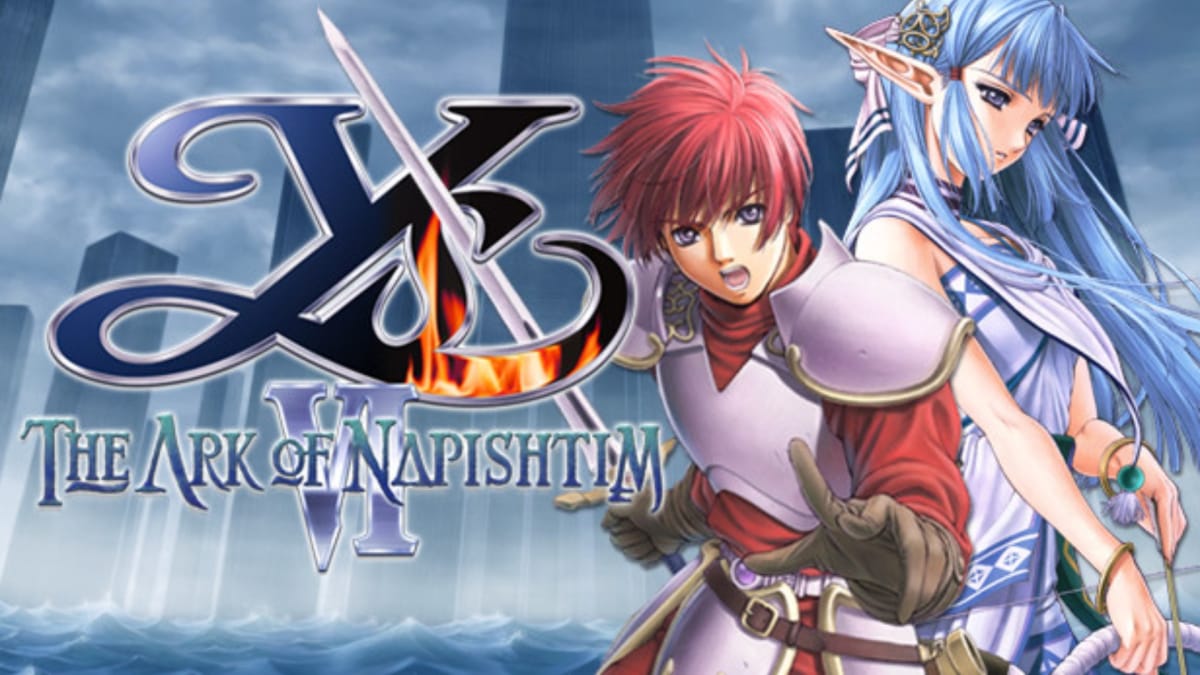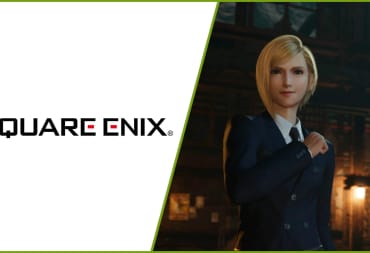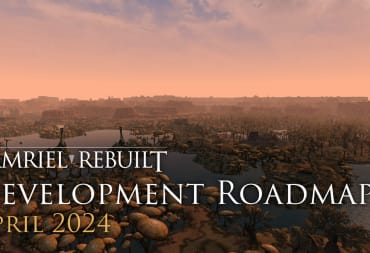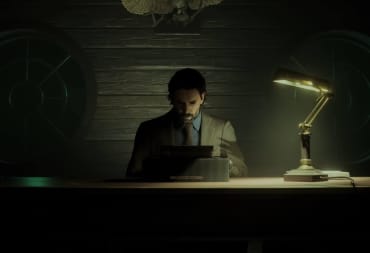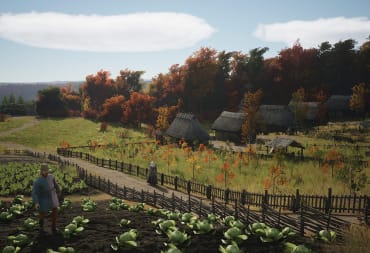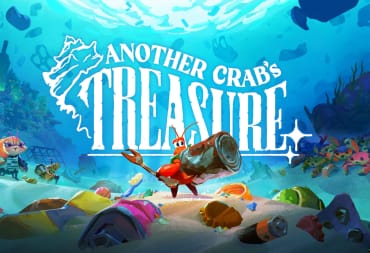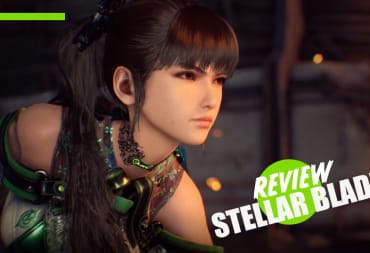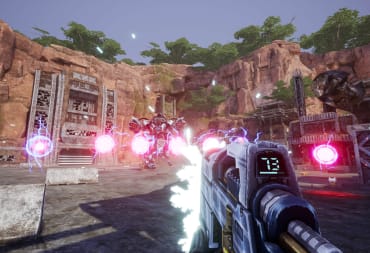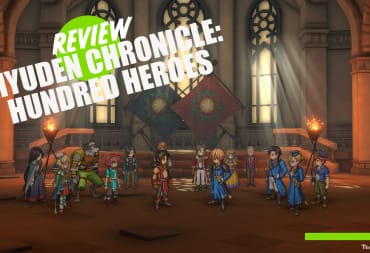Check out this Ys VI: The Ark of Napishtim Review to find out how the latest entry in one of the longest-runnings JRPGs series of al time.
Ys VI: The Ark of Napishtim Review - Boss Music Plays
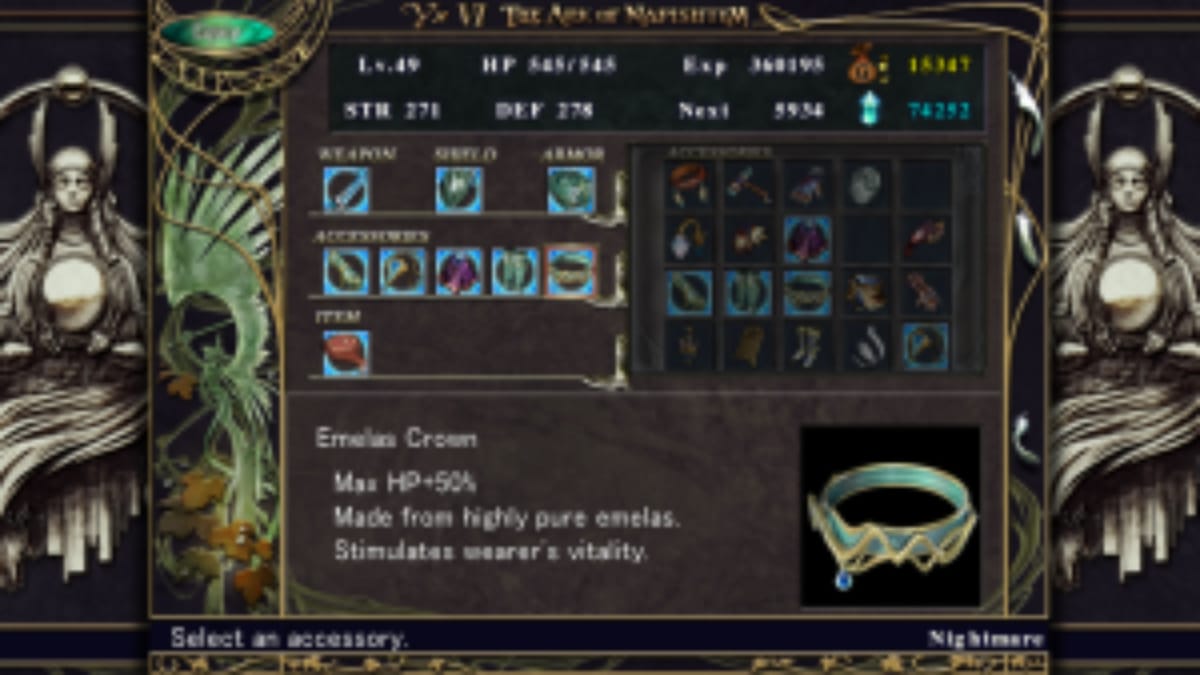
Ys VI: The Ark of Napishtim, at its original Japanese release, was the first Ys title to release in nearly 8 years. With its 2005 PS2 release in the West, it was the first Ys game to see a western release in a decade. Today XSEED Games/Marvelous USA brings us the original PC version of Ys VI, along with some various upgrades - as has been customary for their PC localizations over the last several years.
The Ys franchise as a whole has always been known for two things: frantic boss fights and awesome music. While Ys V was disappointing in both those aspects, Ys VI represented a return to form to the series, inspiring two other games that utilized its form of Ys gameplay. This gameplay is most similar to a shoot-em-up, with some old-school top-down Legend of Zelda flair. Although there are some puzzles here and there, the majority of the game is focused on the action - with the player dodging enemy attacks by jumping and positioning oneself in the right places at the right time, as well as by knowing enemy patterns so that you don't bite off more than you can chew at any given point.
The main character, Adol Christin, only has a few moves at his disposal - and the majority of the time the combat takes up only two buttons. However, this deceivingly simple combat is filled with some surprising depth as you progress throughout the game. The gimmick this time around is the 3 elemental swords; each one represents a different style of play, and not only does each weapon have a slightly different moveset but a different elemental attack as well.
For example, the lightning sword Ericcil's attacks are comprised of quick jabs - and tapping the attack button fast enough will eventually cause you to utilize a quick, lightning-charged dash. Likewise, the other two swords incorporate some similar mechanics, one utilizing the idea of rhythm by tapping the attack button to the right tempo, while another focuses more on holding the attack button down for its special attack. Besides that, each weapon grants you a separate magic attack. Building up each sword's magic meter initially means dealing damage with it, and once it is filled, you can release a specialized magic attack that will usually clear the screen of all but the fantastical boss enemies.
Of course, each weapon does have it's similarities, and regardless of the sword equipped (which can be quickly swapped, using two separately bound buttons), you can utilize two distinct air-borne attacks, as well as a special lunge attack, and the dreaded dash-jump (more on that move later). Each of the three swords can be upgraded, and as you progress through the game, their skills gradually unlock.
As far as boss fights are concerned, except for a small handful of mini-bosses, every one of them is unique. These fights all have gimmicks of their own, and although the fights start out simple enough, but by the time the third or fourth boss rolls around, these fights descend into madness. Whether it's dodging a giant leaping tank, while avoiding laser-wielding enemies in a lava pit - with the floor rapidly disappearing with each slam of the tanks body! - or going ham on a toad that can turn itself invisible, cover the floor in some slippery toxic goop, and then do it's best Sonic Spindash impression, each boss fight manages to both entertain and challenge, while managing to stay within the realm of fairness.
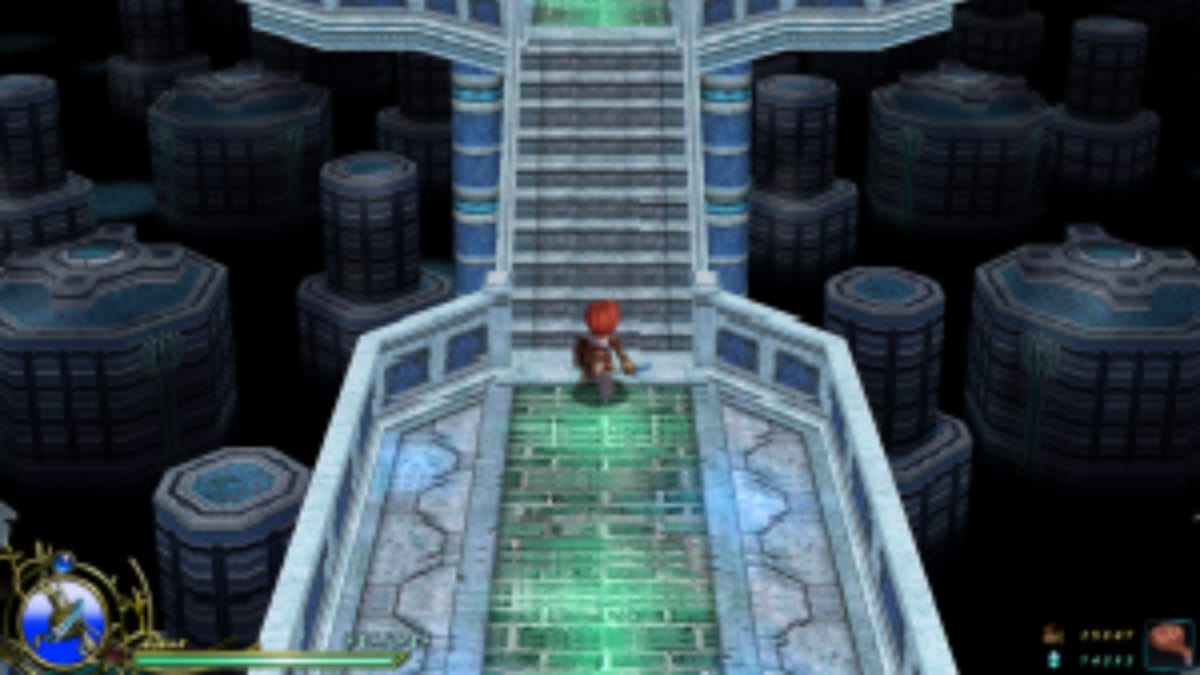
Besides the boss fights, the rest of Ys VI is made up of a mix of traversing the game's world, while solving some rudimentary puzzles and swatting down the game's multitude of enemy mobs. When I likened Ys VI to a shoot-em-up, some of these mobs were what I was alluding to, as at any given time the screen can be absolutely swamped with enemies and their attacks. The majority of the puzzles are simple, usually having to do with platforming of some sort, and this is probably where the game's greatest weakness lies.
When the puzzles deal with finding a specific item that will help you on your way, as is the case for the Limewater Cave, frustration is kept to a minimum. However, when the dash-jump comes into play with these challenges - increasingly so, as the game reaches it's conclusion - these puzzles veer off into the realm of the frustrating. Especially when most of the puzzles requiring the dash-jump leave virtually no room for error and will require you to back-track back to the start of the puzzle if you fail the jump.
That would be bad enough on it's own, but then we get into the fact that the dash-jump itself is incredibly unforgiving and requires a very specific timing to pull off. Maybe in the second playthrough of the game you'll manage to string these jumps together, but it's going to take multiple hours to even get the jump working semi-reliably in the first place.
Granted, this isn't as bad of an issue as it could have been, considering the fact that all of these puzzles are optional. But if you're going to be attempting Ys VI's highest difficulty modes, it's more than highly recommended that these puzzles are completed. Not only do they grant you some especially awesome gear, but if you're going to take on Ys VI's unlockable boss rush once you've completed the game, using the dash-jump is the only way to have a shot at practicing the game's final hidden boss. Thankfully this issue will only really persist for the first run through the game before you get used to the controls - and it's a good thing too. Ys VI is the type of game that encourages speedruns, with your best times for each difficulty being listed upon creating a new save game.
Besides the essential widescreen and improved gamepad support (as well as Steamworks integration, if you're playing the Steam version), XSEED has added a few QOL improvements to the game. One of them, the self-titled Catastrophe Mode, turns Ys VI into an experience that is slightly more similar to the PC Ys games already released in the West. With this mode turned on, healing item drops - which could normally be saved, used later, or even equipped to be used on the fly in boss fights - are automatically used on pick-up, regardless of how effective they may be.
Considering Ys VI's boss fights were made with these healing items in mind, with this option enabled (which can be used in conjunction with any of the game's difficulty modes) the whole game seems just a little bit harder, especially if you haven't played one of the other Ys games before. This new option lends itself well to veterans of the series; the types of people that would be more willing to replay this game over and over to get a faster time.
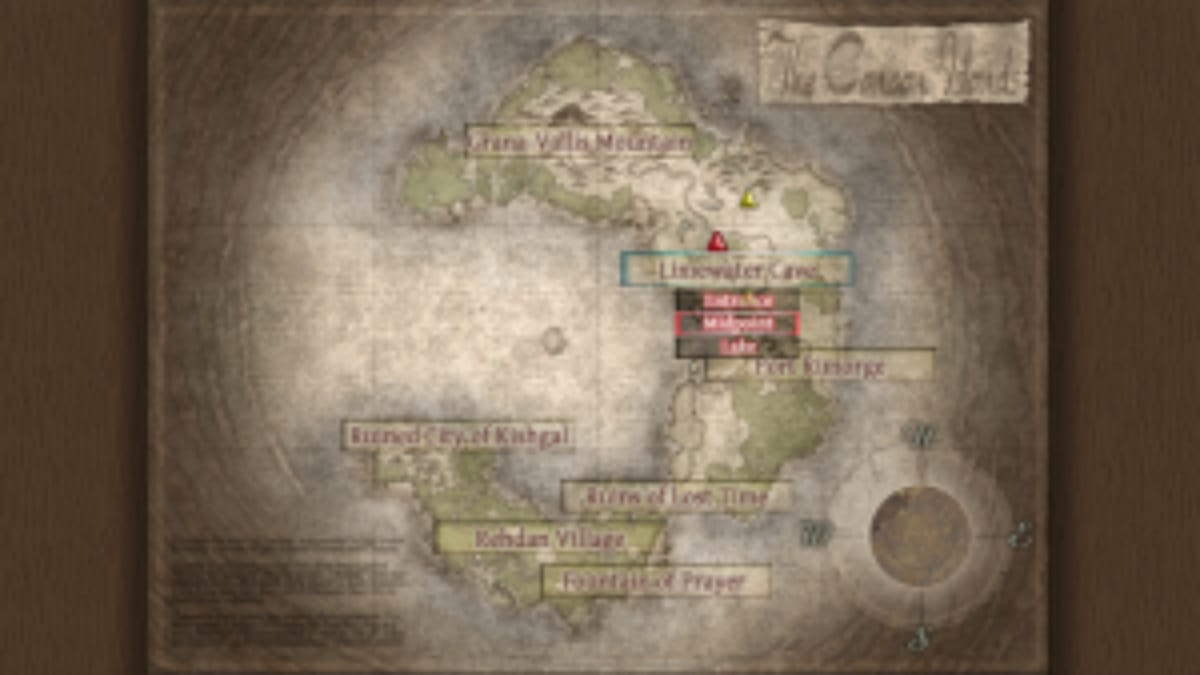
The other addition to the game is actually a modification of an existing item. Previously in the original PC release of Ys Vi, as well as the PS2 and PSP ports, the "Wing of Alma" item that is found about 1/3rd of the way through the game simply teleported you out of dungeons and out onto the main map, the Canaan Plains. This time however, the item allows you to teleport to any save spot that you've already used.
This is a feature that already existed in later games in the series - ones that were already translated for PC, such as Ys: The Oath in Felghana, or Ys: Origin - but wasn't present until now in Ys VI. The addition of this new feature cuts back on the time spent back-tracking a ton, and with this one addition, a game that used to take 10 to 15 hours on the normal difficulty, assuming you don't do EVERY side-quest (which required even more back-tracking!) is cut down to a meager 8 to 10 hours. This is by no means bad, as it'll still take around 15-20 hours to fully complete the game on the hardest difficulty your first time through, but since a lot of the padding is now gone, replays are more appealing than before.
As far as the rest of the game goes, the visuals show their age, but the artstyle means that Ys VI is still pleasing to look at, while being able to run on a Pentium III. They scale well, with some subtle but pleasing effects that all but the most toaster of PCs will be able to manage at a smooth 60fps, but considering that Ys Vi did come out in 2003, there really isn't much else to say about the matter. It looks nice, it won't be winning awards for pseudo-realism, but it won't need anything more than your parent's Windows XP box to run either. Heck, it could even run on Windows 2000 technically, as the game sports a DirectX 8 executable along with the standard DirectX 9 one. With regards to the sound design, the music in this title is especially fantastic, and the game sports one of the better Ys soundtracks.
From a standpoint of the story, there really isn't anything special about it. You'll enjoy some of the recurring characters, along with the lore drops here and there if you're a fan of the series, but considering that Ys V hasn't been officially released in the west and probably never will, it's safe to say that if you're planning to play Ys VI for the story, you might want to look elsewhere (in that case, I'd recommend XSEED's other recently released PC Falcom title, The Legend of Heroes: Trails in the Sky). That's not to say that the story is horrible, it just doesn't do much. For the majority of the story you are tracking the pieces of a broken mirror, and it's only at the very tail-end of the game that anything resembling an earth-shattering event occurs.
Overall, regardless of whether this is your latest Ys adventure, or even your first one, you could certainly do worse than picking up Ys VI. For fans, it'll probably seem a little less polished than later titles, but for both newcomers and veterans alike, there's a lot to love here. As a starting point for getting into the series, Ys VI makes sense, and for a returning player it's a no-brainer.
Ys VI: The Ark of Napishtim was reviewed on PC via Steam with a copy provided by the Developer - all screenshots were taken during the process of review.
Review Summary
Have a tip, or want to point out something we missed? Leave a Comment or e-mail us at tips@techraptor.net
